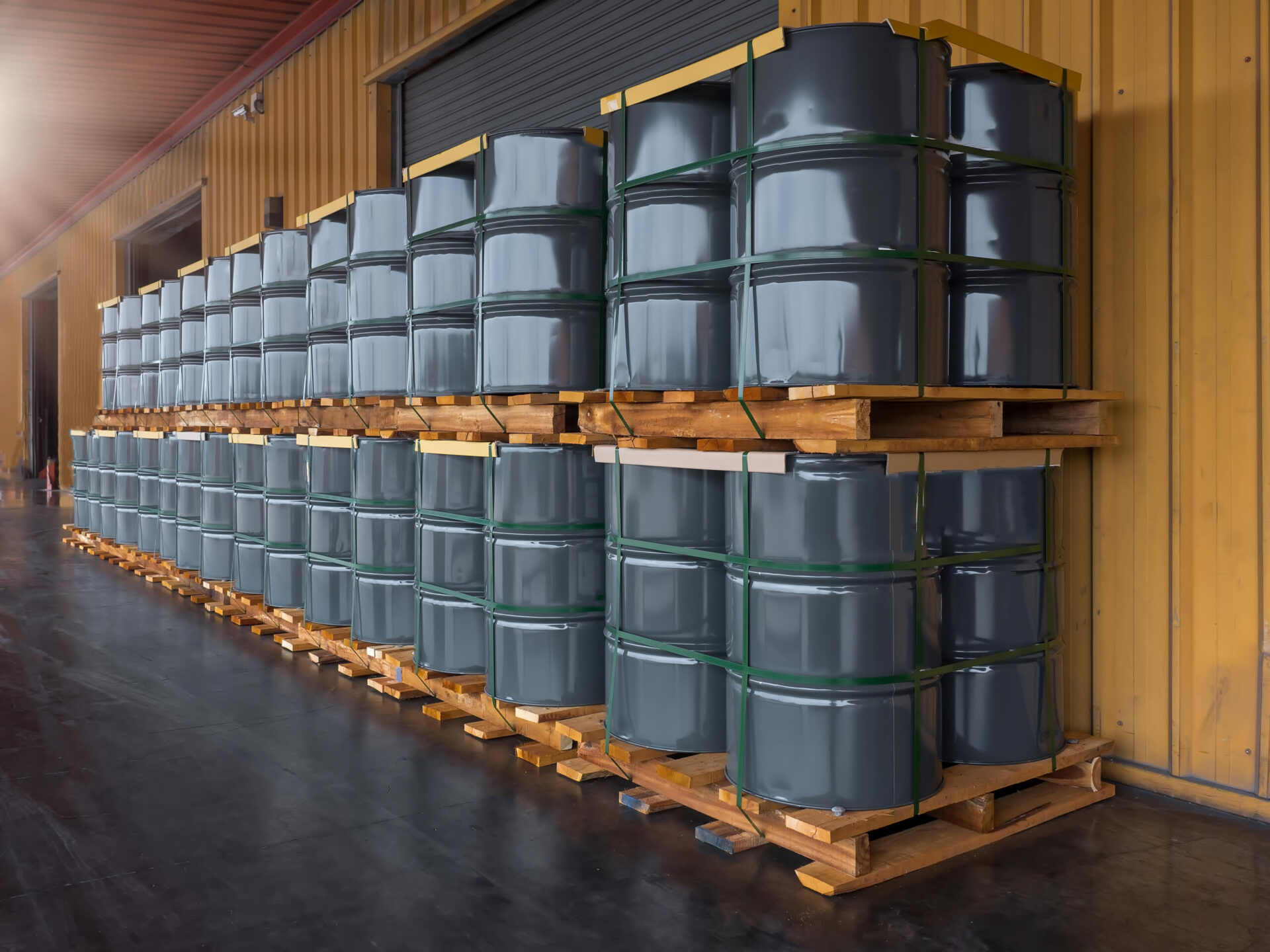Benzene Safety is a common component in the Oil & Gas industry. Benzene is a naturally occurring chemical. It was first discovered by an English scientist in 1825 in illuminating gas. In 1845 another scientist/chemist was able to isolate benzene from coal tar. At first benzene was obtained entirely from tar, but that method has since been replaced by petroleum-based processes. Benzene has many uses. More than 50% of benzene is converted into ethylbenzene then to styrene, then to polystyrene. Other uses of benzene are in the preparation of phenol and in the manufacture of plastics, dyes, detergents, pesticides, and other chemicals. Benzene is also found in gasoline, and crude oil and might be required for the RAVS® on your ISNetworld® account.
Workers exposed to high levels of benzene include those that work in benzene production, rubber tire manufacturing, and storage or transport of benzene and petroleum products that contain benzene. Other workers who may be exposed to lower levels of benzene include steel workers, printers, rubber workers, shoemakers, laboratory technicians, firefighters, and gas station employees.
Characteristics of benzene
Benzene is colorless or light-yellow liquid. It has a sweet odor and is highly flammable. Benzene evaporates into the air very quickly. Its vapor is heavier than air and may sink into low lying areas. Benzene dissolves only slightly in water and will float on top of water. Indoor air generally contains levels of benzene higher than outdoor and comes from products containing benzene such as glues, paints, furniture wax and detergents. The outdoor air contains lower levels from tobacco smoke, gas stations, motor vehicle exhaust and industrial emissions. The GHS classifications for benzene include the following:
H225: Highly flammable liquid and vapor
H304: May be fatal swallowed and enters airways
H315: Causes skin irritation
H319: Causes serious eye irritation
H340: May cause genetic defects
H350: May cause cancer
H372: Causes damage to organs (blood) through prolonged or repeated exposure
Symptoms of exposure to benzene include drowsiness, dizziness, rapid or irregular heartbeat, headaches, tremors, confusion, unconsciousness, and at very high levels death may occur. The most common forms of exposure are inhalation, eye exposure, skin exposure, and ingestion. Long term exposure can result in cancer.
OSHA’s Permissible Exposure limit for Benzene is 1 ppm over and 8-hour time-weighted-average, or 5ppm over a 15 minute period. The action level to enforce a benzene safety exposure program is .5 PPM.
NIOSH recommends that employers use the Hierarchy of Controls to prevent injuries resulting from benzene exposure. The Hierarchy of Controls is meant to control exposures to occupational hazards. Elimination, substitution, engineering controls, administrative controls, and PPE are the steps of the Hierarchy of Control. Physically removing hazards is the most effective way to prevent incidents, with the use of personal protective equipment being the least effective. Some circumstances simply do not allow elimination, however. In which case, alternative controls should be used. Every job should begin with a JHA, or jobsite hazard analysis to identify hazards. Safety meetings, training and other control methods should be implemented to eliminate hazards identified with the JHA. Every employer has the duty to provide a workplace free from recognized hazards that are causing or are likely to cause death or serious physical harm, according to OSHA’s General Duty Clause.
The way employers provide a safe workplace is to instruct each employee in the recognition and avoidance of unsafe conditions and the regulations applicable to his work environment to control or eliminate any hazards or other exposure to illness or injury. In other words, train employees. Job specific and hazard specific training should be provided to every employee.
For help developing a Benzene Safety Program and safety training call JJ Safety at 866-627-3850 or email sales@jjsafetyllc.com.
